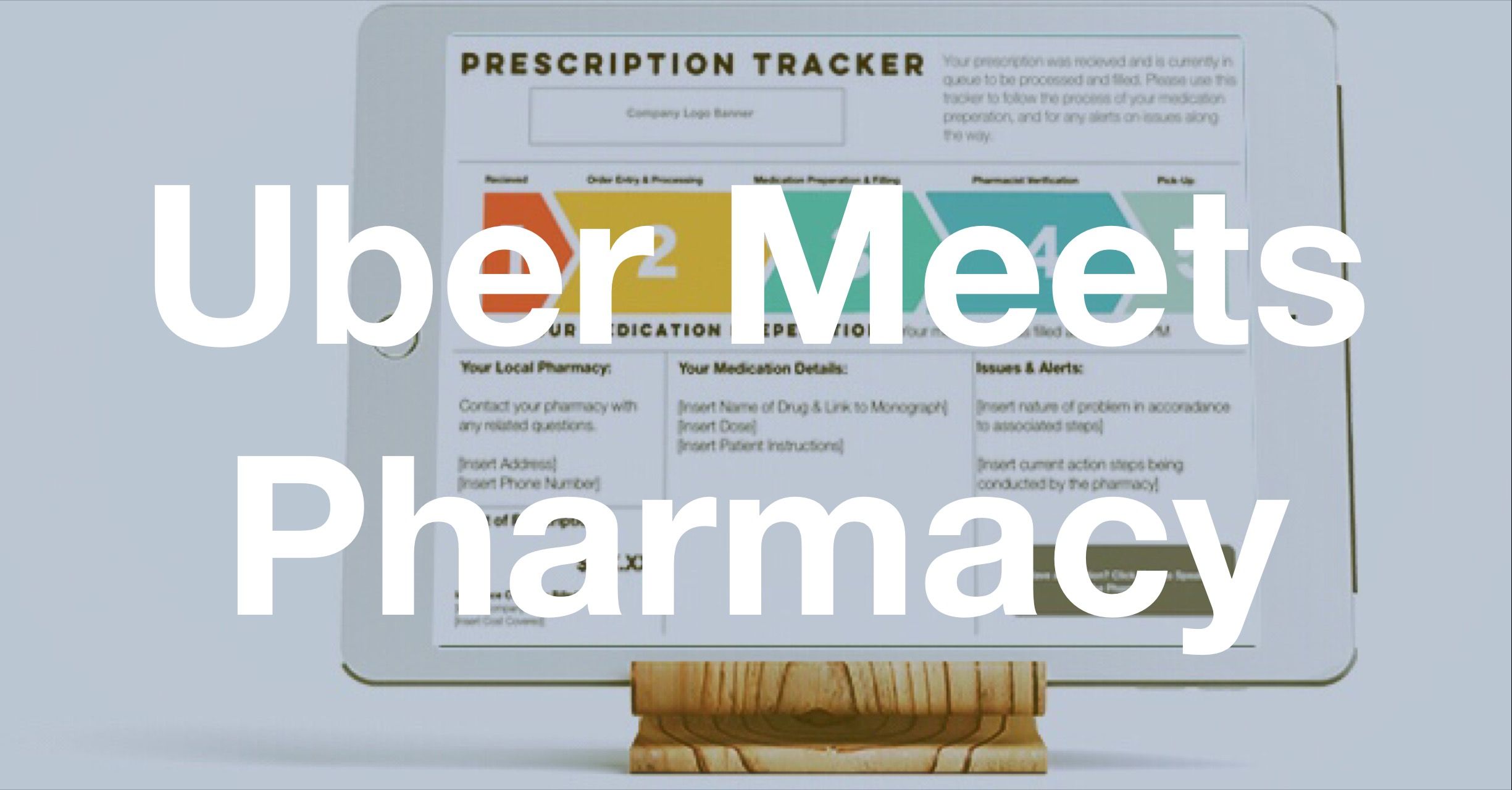Article
Rapid Drug Delivery: Where Is the Uber for Pharmacy?
In an age where you can order almost anything and have it delivered to your door in a matter of hours, why haven't we figured out rapid drug delivery services?

Love it or hate it, the crowdsourcing mentality is here to stay. We can find someone to take us across the city through Uber, secure a place to stay that night through AirBnB, and get food delivered from takeout apps when we're hungry, thanks to Uber again.
In this age of rapid delivery, why do we not have an Uber for prescription drugs? I’m not talking about mail-order pharmacy; I'm talking about staying at home and waiting for someone to ring your doorbell to deliver that antibiotic.
Last summer, Uber announced it would pilot a service in select locations to have drivers pick up items at the pharmacy for home delivery. This concept aligns with the premise of same-day delivery that many companies, such as Amazon, are looking to roll out.
I only know of one company that has attempted this, and that's GetMyRx. This relatively new start-up company seeks to change the way patients receive their medications. The premise is that patients use the company's proprietary platform to submit their prescriptions, and then the pharmacy will deliver the medications to the patient’s home as soon as possible.
To start the process, patients can either have a provider send an electronic prescription to the pharmacy, or take a picture of the prescription and send it to the pharmacy themselves. Patients need to select the provider and make sure he or she has a profile with GetMyRx, as well. Then, they need to take a picture of their insurance card and have that sent to the pharmacy. Finally, patients enter a delivery address and form of payment to process the order.
Currently, GetMyRx is only available in select states through pharmacies that offer a delivery service, which are primarily independent ones. More likely than not, pharmacists are wondering about the specifics of this process, especially regarding potential legal issues.
The company's FAQ section
on some of these issues
is worth a read. For instance, the image of the prescription that is initially sent to the pharmacy does not qualify as a valid prescription, and the patient must turn over the actual prescription upon delivery of the medication to be taken back to the pharmacy for record keeping.
The process behind GetMyRx is intriguing, and it remains to be seen whether this service will take off. This service has potential use for caregivers who would like someone to bring a patient's medications directly to the home, rather than having to drag the patient with them to the pharmacy, or leaving the patient at home alone.
Other advantages of GetMyRx include the ability to set a delivery time, which may be beneficial for some patients with a hectic lifestyle who want their drugs delivered in the evening after they get home from work.
Crowdsourcing and same-day delivery services will play a large role in changing how pharmacists get medications to patients in the near future. These services may trump the convenience of mail-order delivery. Perhaps large chain pharmacies will turn an eye to providing these services, or attempt to partner with other companies to do so.






